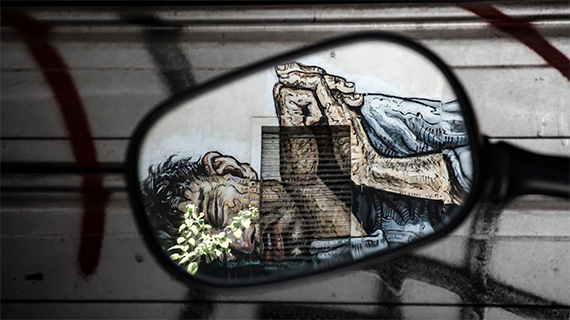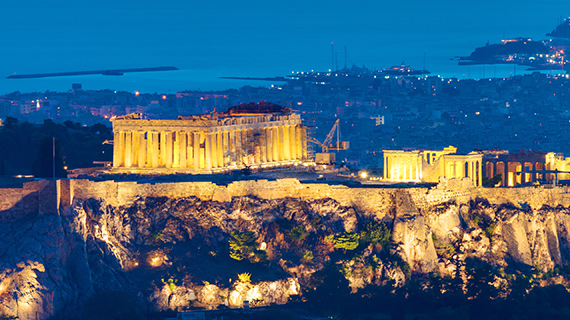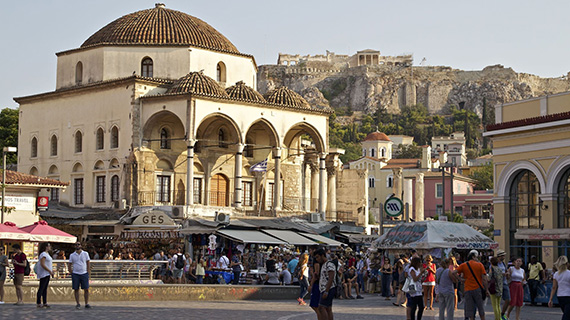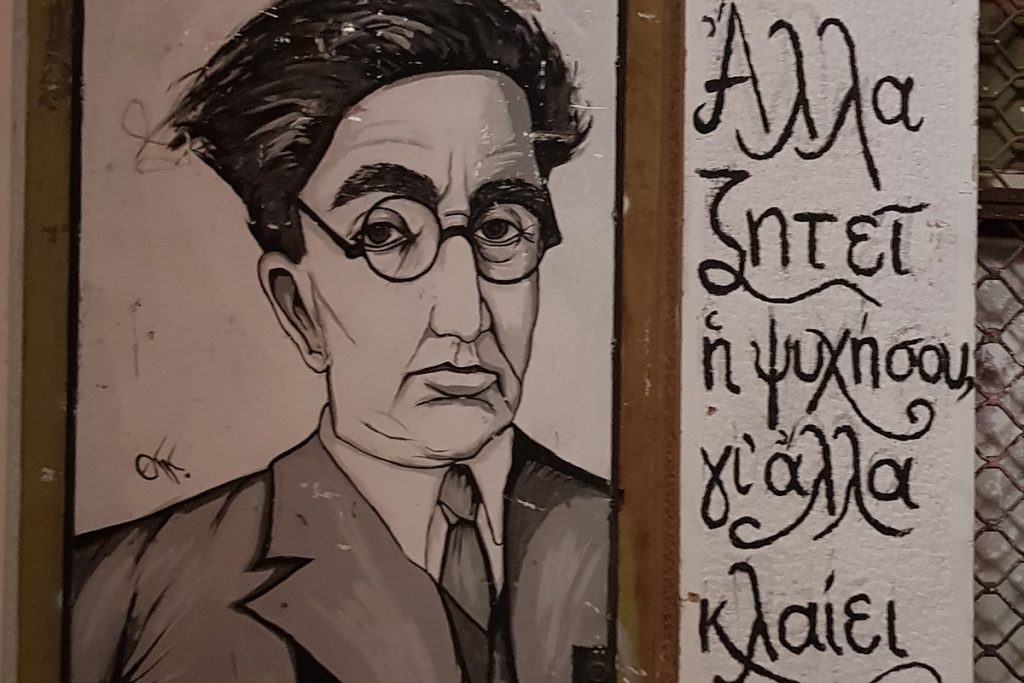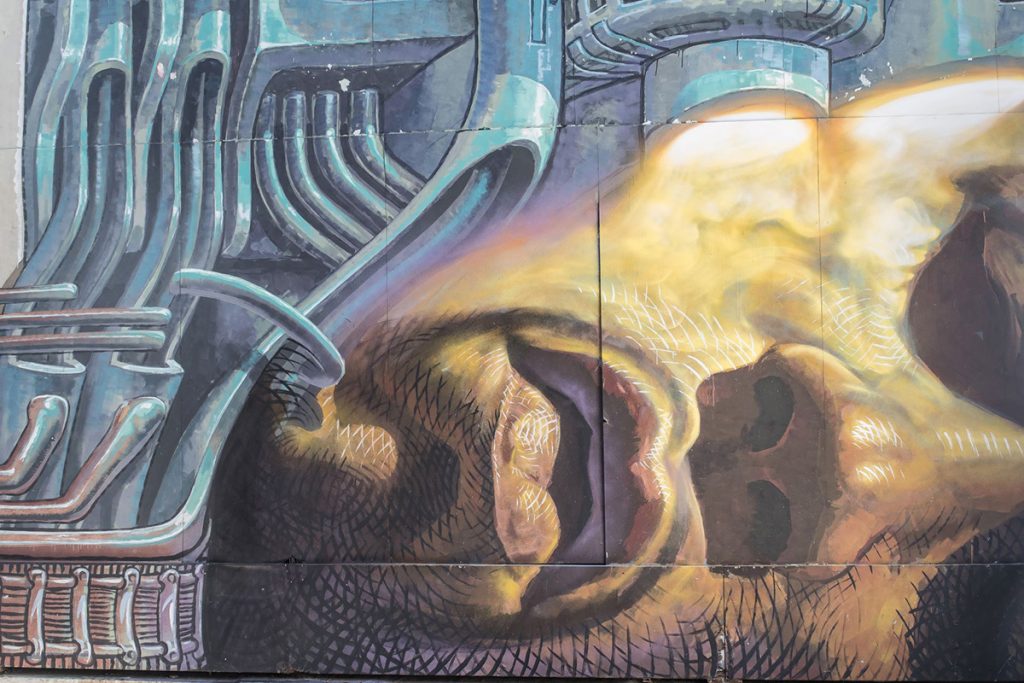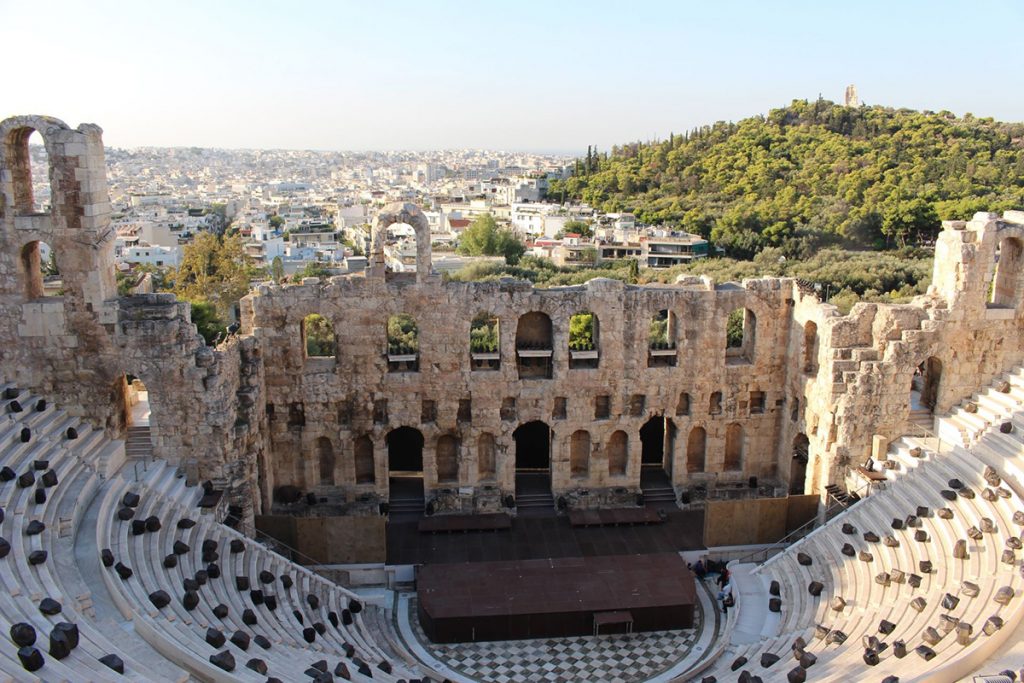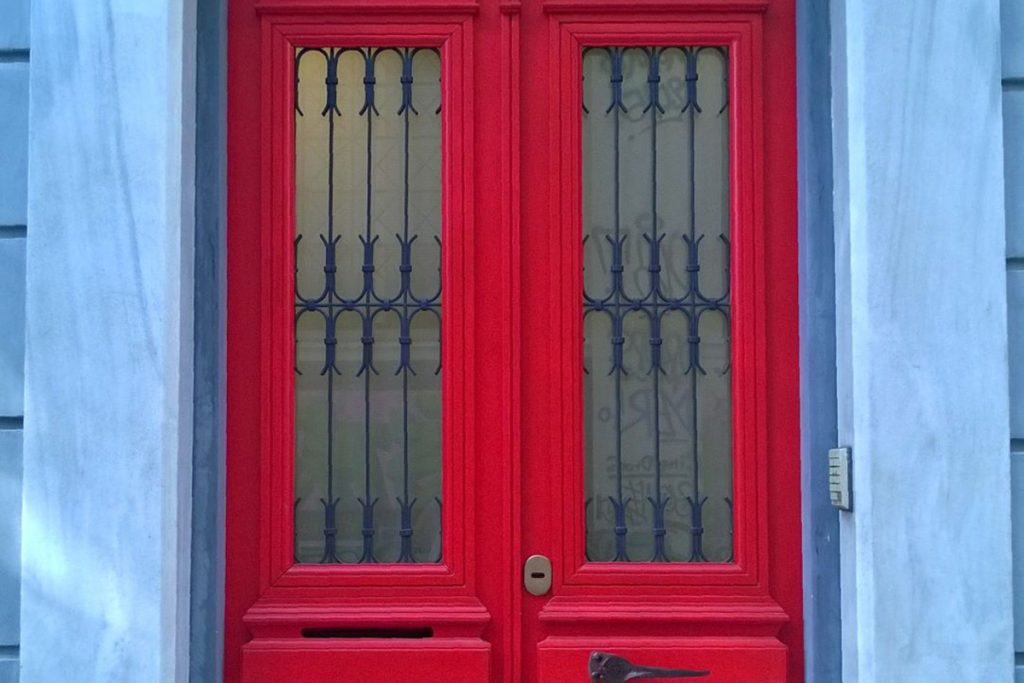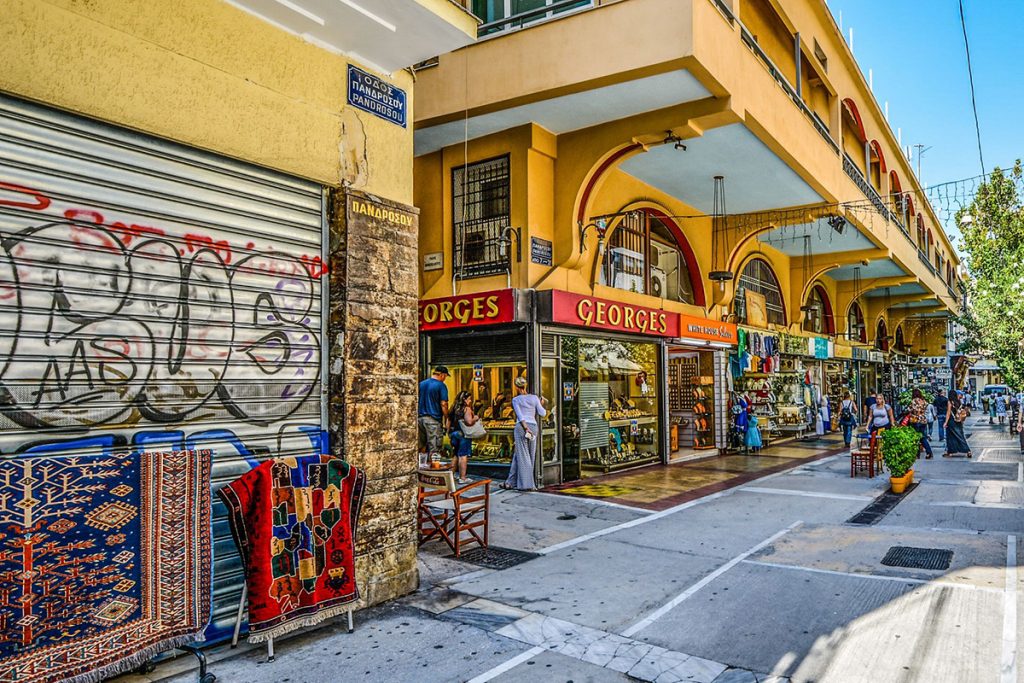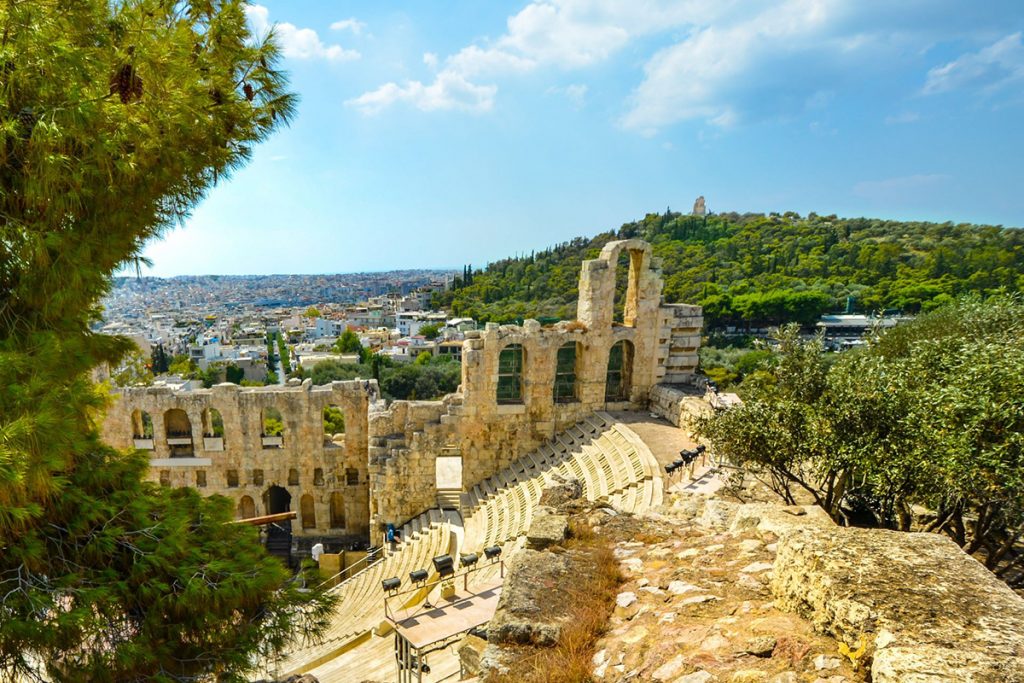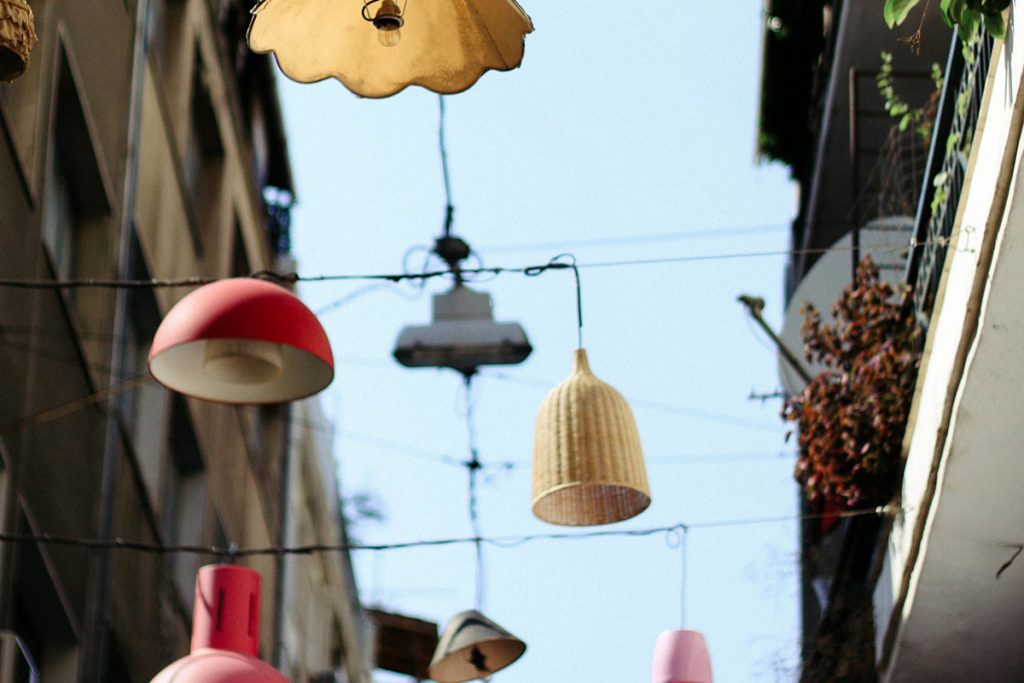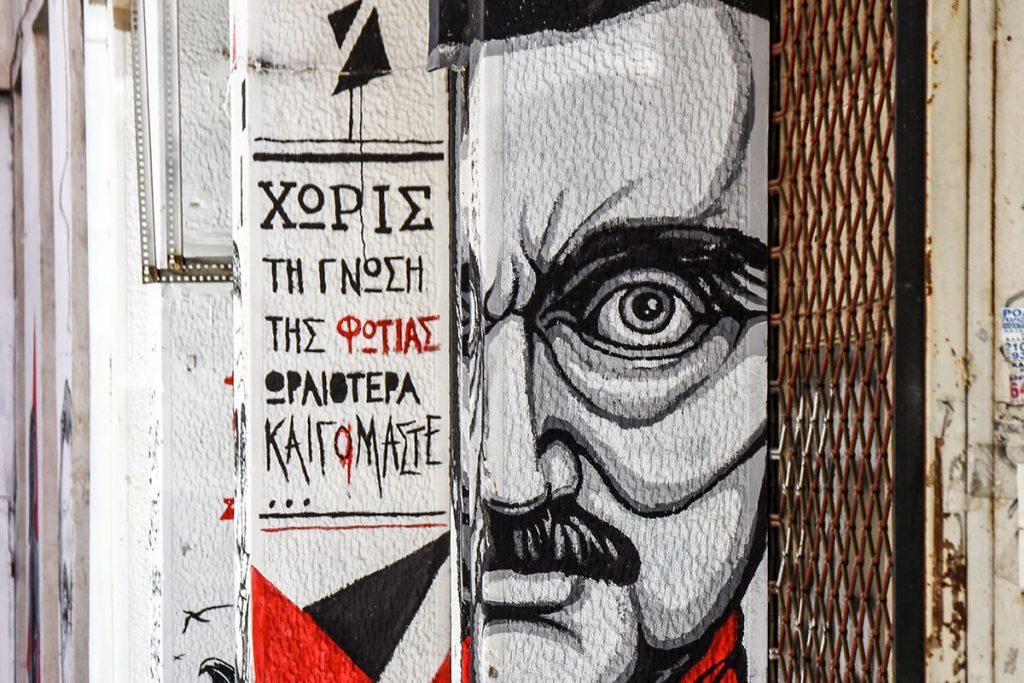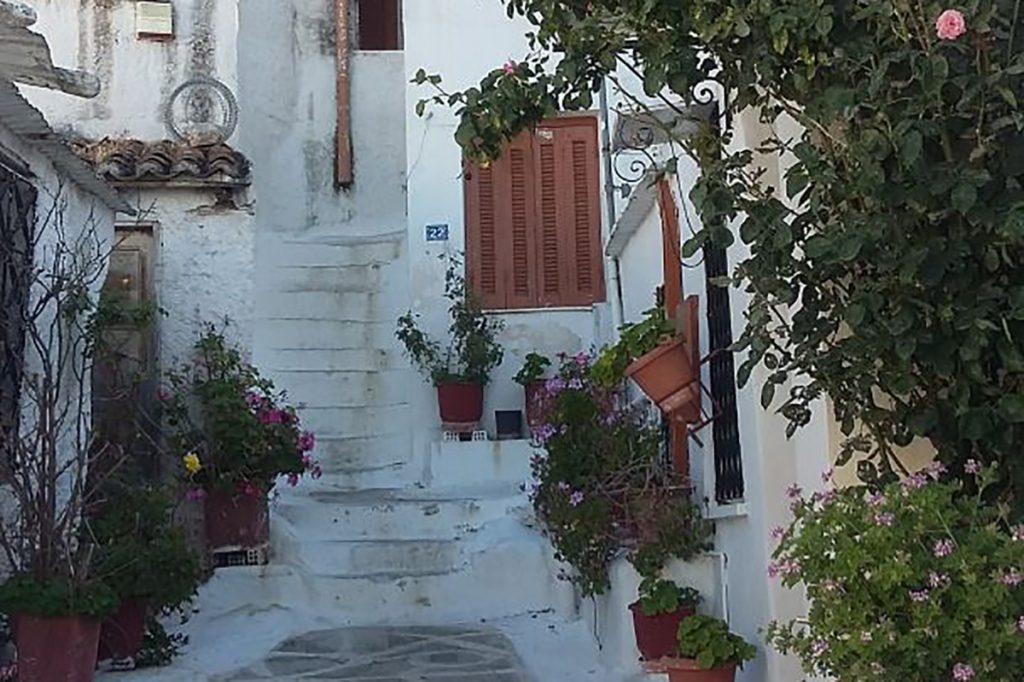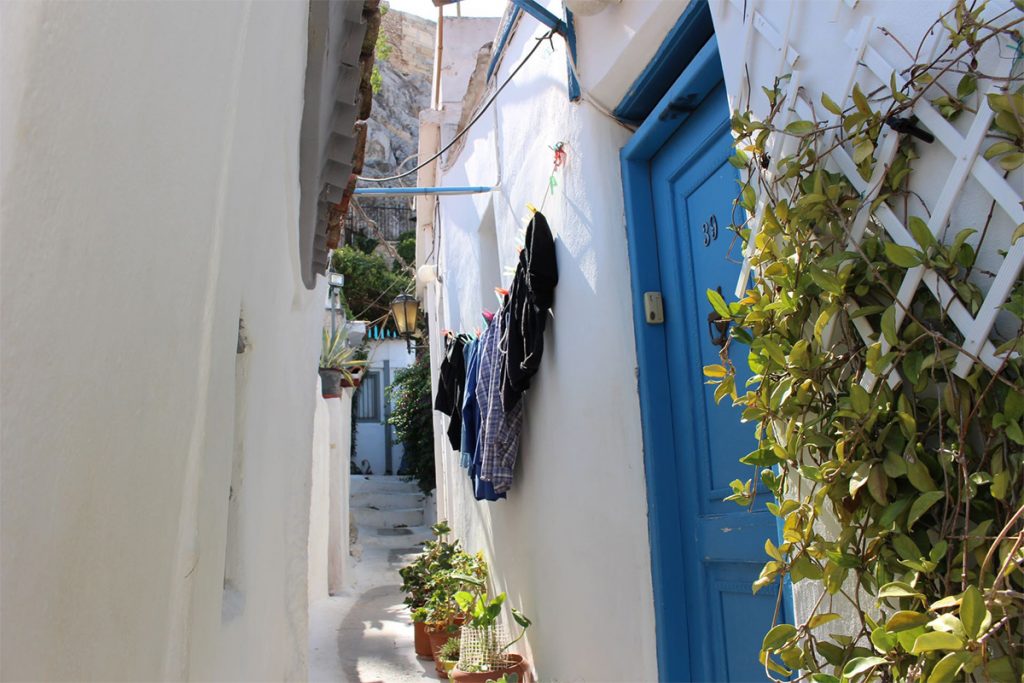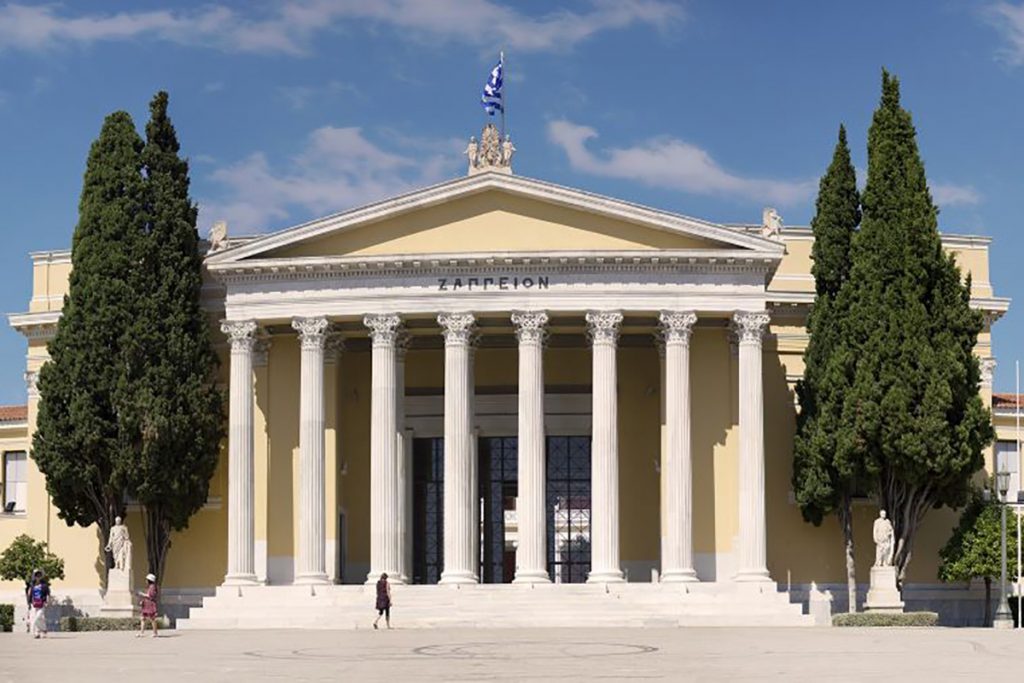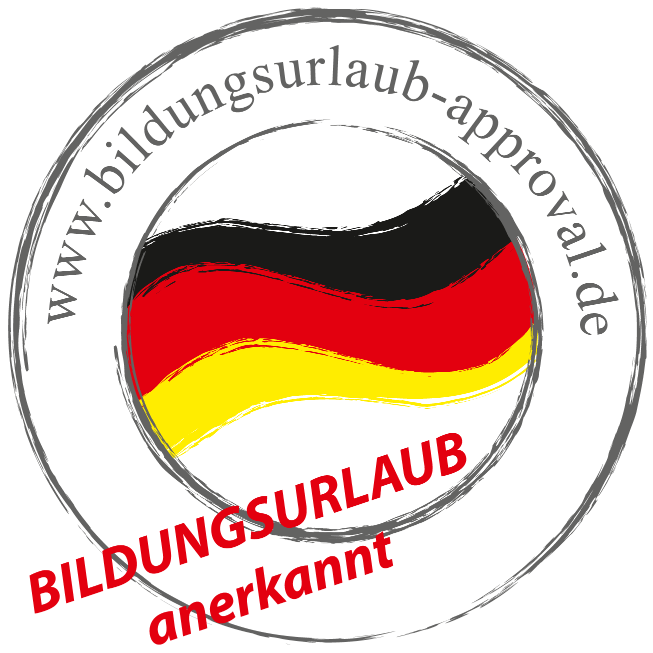The modern coffee cultures
In Athens, people like to drink coffee in the unique way a traveller could notice in other Balkan and Middle Eastern cities. We drink our coffee leisurely, in small sips and not in a rush. Literally, in Athens, one could dive into an ocean of different coffee cultures combining fast and slow passed delight. The key element of Athenian coffee culture is the cold variations of coffee during the spring and summer months. As the temperature rises, different style of coffee places starts to get packed of people who burst to receive pleasure from ice-cold coffee, either instant (frappé) or espresso (Freddo espresso/cappuccino, means cold espresso).
Coffee places in Athens are spots of compressed culture. Traditional coffee place (kafeneio) is an area of political, social and cultural exchange of opinions, which brings along something of what German philosopher Jürgen Habermas calls “public sphere” or essence of what ancient Athenian Agora was made from. On the other hand, there are contemporary neo-industrial or neo-retro coffee places where you can enjoy coffee in the most sophisticated way. In between, there are great coffee places in certain areas of the city where they are used from the locals as meeting points. The quality of the coffee there is not the important part, while the interaction with others is the key.
Food, street food cultures
Besides coffee, Athenians love to eat. The contemporary city has achieved to deliver a multi-levelled and cross-culture culinary range of traditions. From original Greek street food (the famous souvlaki) to burger places, falafel cantinas and so on, one could find everything. A new trend in contemporary Athens Is vegan places, where modern vegetarian/vegan food choices are presented within the Athenian food tradition. A blend of tastes in every corner of the city is there for the restless flâneur of the city to discover them.
Cooperativity, indie art
So, to return to the original idea of this small article, Athens is a city of many cultural elements. Food, coffee, art and an idea of freedom. So to speak, contemporary Athens drives the visitor to incorporate some key and minimum elements of life and pleasure. Although it’s big and crowded, Athens dares the visitor to stroll in the small paved roads and the streets. The narrow pavements guide your gaze directly to others around you. Little room means inconvenience sometimes, but also means opportunities for connection with others.
Similarly, by combining modern ideas, opportunities with connection and life along with pleasure, Athens of our times is a city full of art and energy. In its neighbourhoods, spaces of culture and art orientation are combined with places for food, coffee, beverages and bars. While since the early 90’s the cultural life of Athens was gathered around more “traditional” neighbours like Plaka, Psyrri and Monastiraki, the new heart of the city’s art movement lies in previously under-developed areas. Kerameikos, Metaksourgeio and Kypseli -the latter was the most crowded neighbour of Athens and one of the most packed urban areas in Europe- are now the places that gather a diverse and also heterogeneous audience. People from all around the world are inspired by modern Athens and the way this city became resilient to the most severe financial crisis of this century.
Modern indie art in Athens has been produced as a result of this resilience procedure. The main idea is that Athens via embracing new ideas and new populations while keeping some core elements of the past. Athens became resilient by embracing many types of collaborations, from the Social Solidarity Economy (SSE) to non-formal types of cooperation. The result is an open city which can benefit urban residents so to take a step in artistic and other orientations, a city to discover every day, all year long.

